4 Simple Ingredients and you have elderflower champagne, what’s not to like.
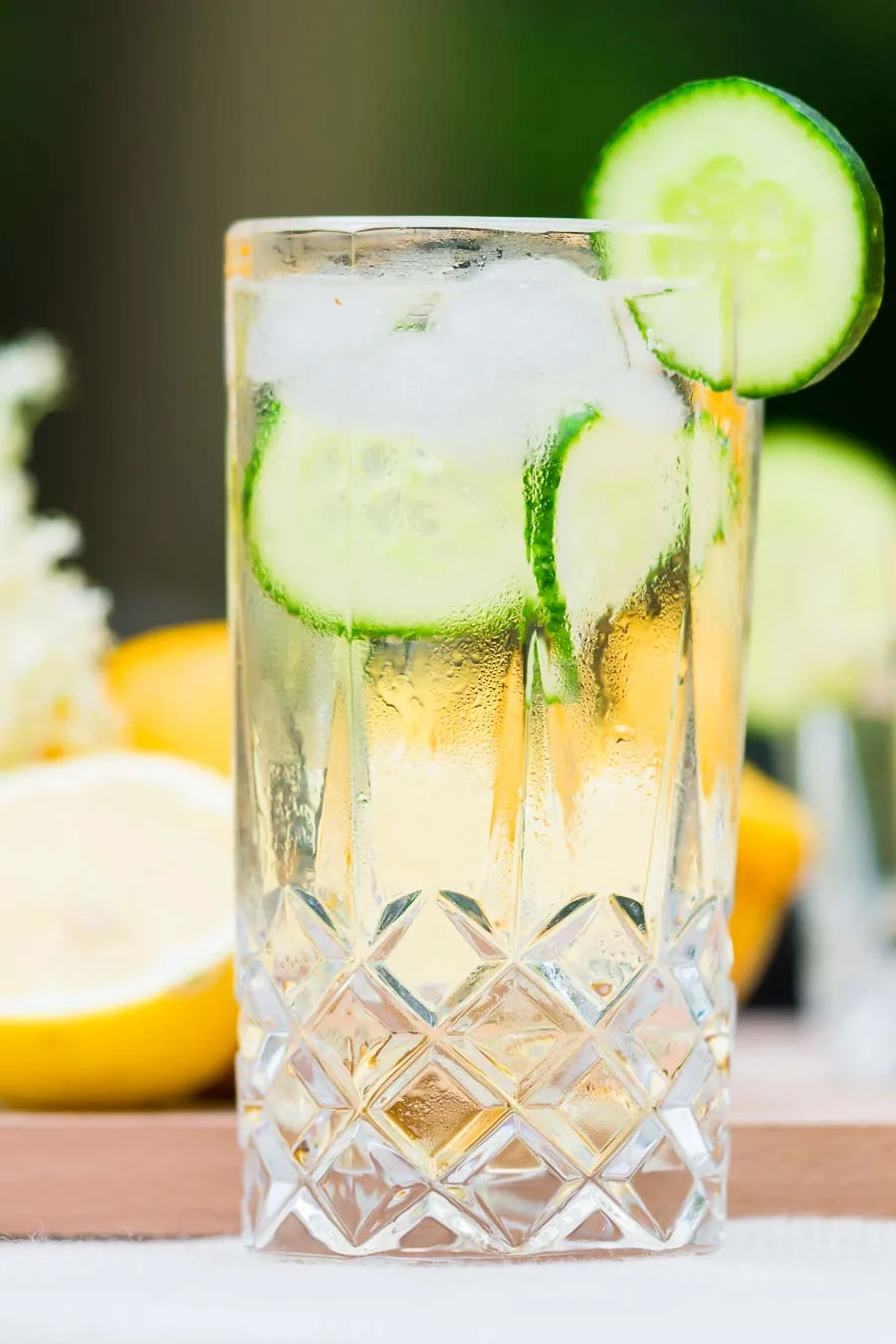
Elderflower Champagne and Cordial.
I love nothing more than creating tasty things that I either find or grow in my garden. My elderflower champagne recipe is a triumph as far as that is concerned!
We are fortunate enough to have close on a dozen elder ‘trees’ in our garden. This time of year is the perfect time to turn them into a lightly fizzy, lightly alcoholic and gloriously refreshing summers afternoon or evening treat.
This elderflower champagne recipe uses no fancy brewing kit, just stuff you should have lying around the house. Either that or you can buy it from a supermarket or DIY store for next to no money.
In fact, this recipe involves just 4 simple ingredients, there should be enough natural yeast in the elderflower to get the fermentation happening.
Wild ingredients hold some special place in my heart. I have no idea where they come from and they take no effort to look after.
Given the amount of work that goes into our cultivated crops these things really are Mother Natures marvels.
I wish I was better at using them though. There can be no better feeling than heading into your garden or a local park and coming home with some beautiful ingredients to turn into something tasty.
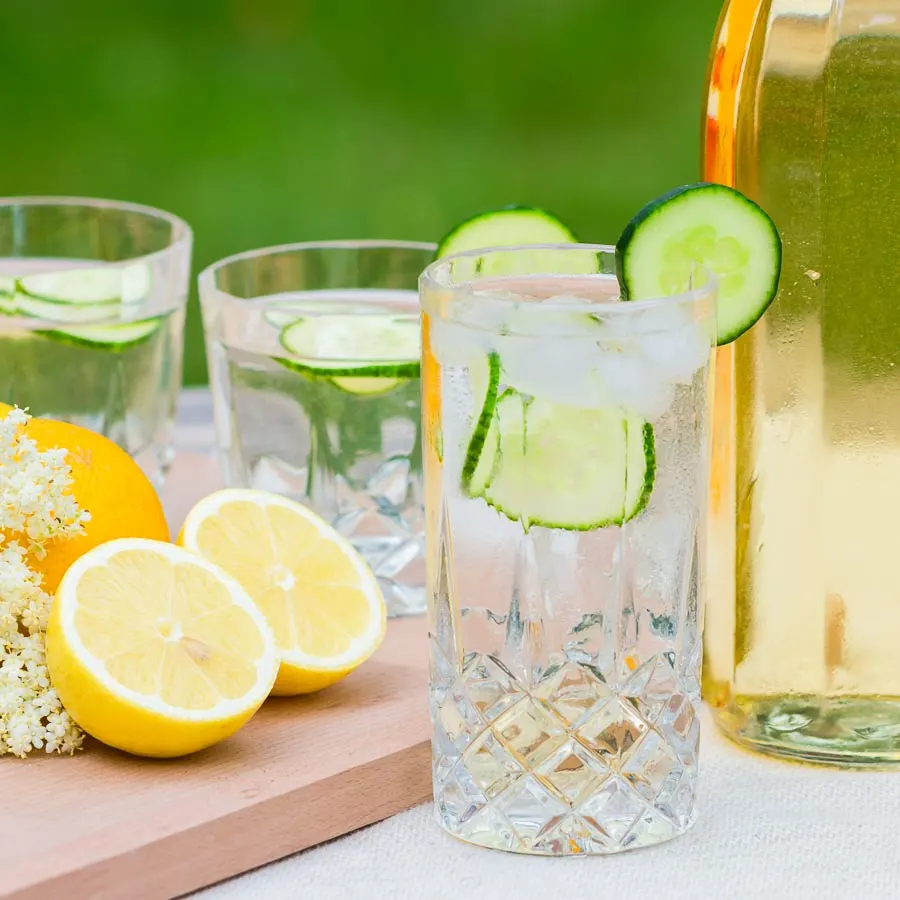
What Does Elderflower Taste Like?
If you have never tried elderflower you are in for a treat. I have added a simple elderflower cordial recipe too for those of you who want something a little simpler to try out the flavour.
The flavour of elderflower is completely unique. For me right up there with strawberries as the very essence of early summer flavours.
They are unmistakably floral and remind me in many ways of Floral Gums. A hard jelly type sweet that was a perennial favourite of mine as a child. They are still a favourite of my wifes today.
The elderflower bush or tree is simple to identify by the small 3-5mm diameter flowers bunched in 10-25cm bunches. Don’t be afraid to get your nose in there for a special treat, the sweet floral aroma is heavenly.
I usually make this recipe in massive quantities but have scaled it down and it works beautifully.
So either make a manageable portion or scale it up and go wild and crazy.
The light alcohol content of between 1 and 2% will not leave you with a stonking hangover or crawling around the garden on all fours.
Try to harvest and make your Elderflower Champagne recipe in the morning. I always find that the aromas and flavours are greatly intensified if they have not been baked by the summer sun all day!
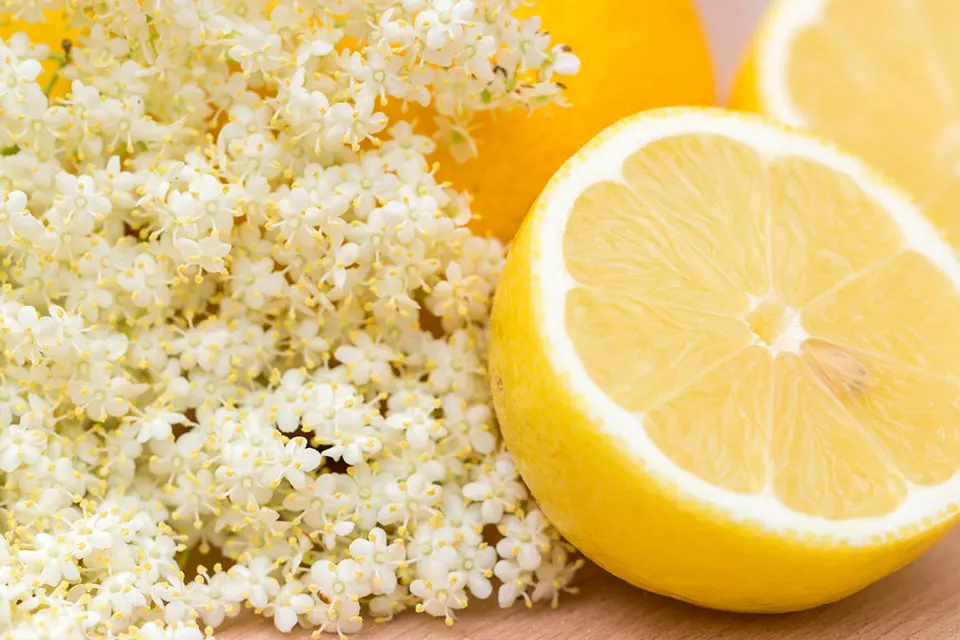
Elderflower Cordial…
This is a rare post that contains tow recipes for you. An Elderflower cordial recipe joins the Elderflower champagne recipe.
As you can see from the two recipes below there is no difference in the ingredients between elderflower cordial and champagne. Only the ratios differ and of course the fact that elderflower cordial is not fermented.
Elderflower has a strong association with ‘Victorian’ Britain. However, it is an ancient idea dating back to Roman times and likely before that.
Elderflower grows throughout Europe, North East Africa and Western. It typically blooms between May and June. So sorry US readers you may have to skip this one, but I would love to hear if it is popular out there.
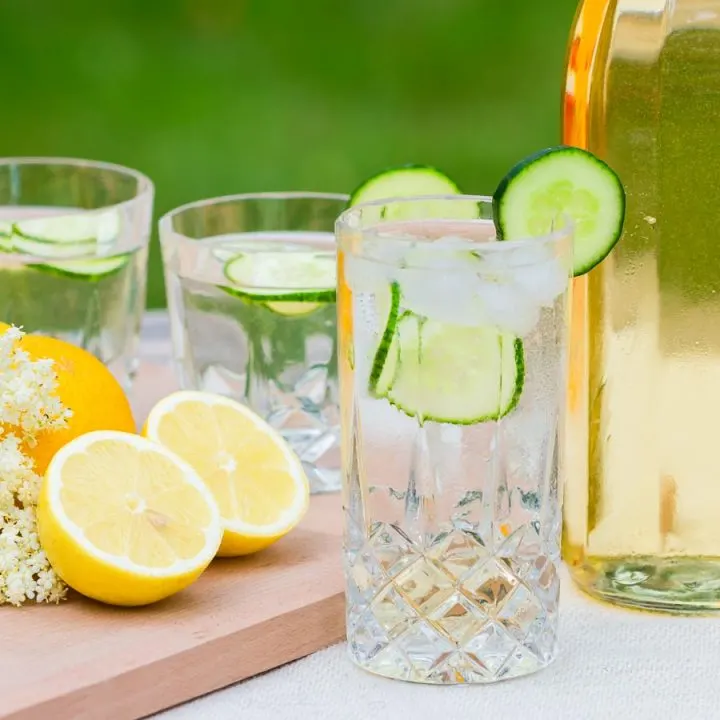
Elderflower Champagne Recipe
4 Simple Ingredients and you have elderflower champagne, what's not to like. The core ingredient is free and the rest of the ingredients are store cupboard favourites!
Ingredients
- 5 L Water
- 12 Elderflower Heads, Large
- 700 g Sugar
- 3 Lemons, Juice and Zest
Instructions
- Harvest your Elderflower: You are looking for large clean heads between 15-20cm in diameter and sort through to remove any bugs or other debris
- Heat 2 litres of water to just below boiling point and pour into a large steralised bucket and add the sugar
- Stir until the Sugar has disolved
- Add 3 litres of cold water
- Add the juice and yest of 3 lemons and stir
- Finally add the Elderflower
- Cover with a muslin cloth firmly secured to prevent any creepy crawlies invading and leave to sit for 3 days, if after 3 days you have no sign of bubble or fermentation then add 7g of champagne or wine yeast (this should be readily available in health food stores
- Leave for a further 3 days and then strain through a steralised muslin cloth and allow to sit for a couple of hours to allow it to settle
- Siphon off into bottles of your choice, ensuring that you release the pressure of the fermentation every 2-3 days to prevent any exploding bottles
- After 2 weeks your champagne will be ready to drink!
Notes
This recipe scales wonderfully, I made a 30 litre batch and simply multiplied the ingredients by 6!
Calorific value relates to the full recipe.
Nutrition Information:
Yield:
2Serving Size:
1Amount Per Serving: Calories: 1455Total Fat: 0gSaturated Fat: 0gTrans Fat: 0gUnsaturated Fat: 0gCholesterol: 0mgSodium: 178mgCarbohydrates: 377gFiber: 4gSugar: 367gProtein: 2g
Calorific details are provided by a third-party application and are to be used as indicative figures only.
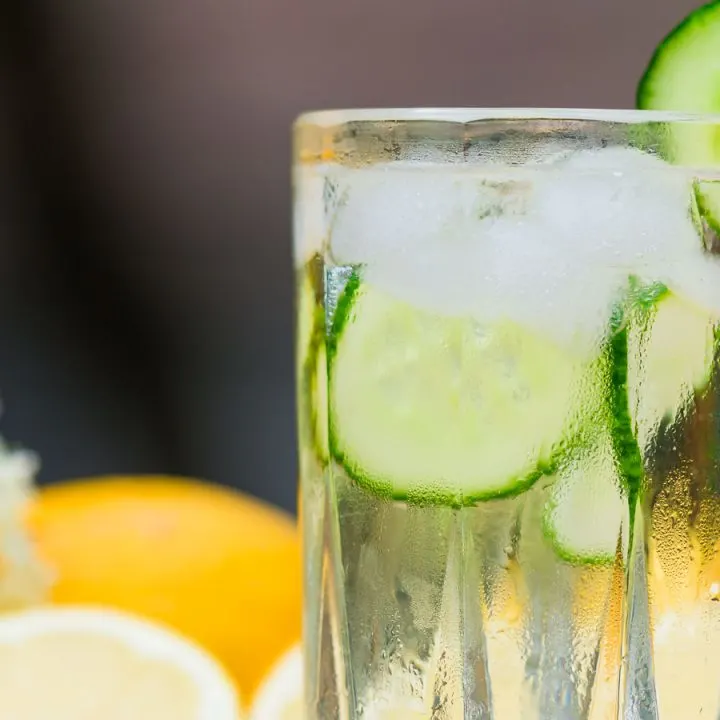
Elderflower Cordial Recipe
A simple but deliciously versatile Elderflower cordial recipe, not only great for supping on a summers day but a perfect base for jellies or flavouring for panna cotta!
Ingredients
- 2.5 kg Sugar
- 25 Elderflower Heads, Large
- 6 Lemons, Juice and Zest
- 1.5 L Water
Instructions
- Add 1.5 litres of water in a large pan with the sugar and heat without boiling until the sugar has completely dissolved
- Then bring the syrup to the boil and then take off the heat
- Add the Juice and Zest of the Lemons and the Elderflower heads to the liquid and allow to steep for 24 hours
- Strain the resulting syrup through a steralised muslin cloth and decant into a bottle
Notes
Simply dilute the syrup to taste and it will keep in the fridge for 2-3 weeks although it rarely lasts that long. I love to serve elderflower cordial with slices of cucumber for extra freshness!
Calorific Value refers to the full recipe.
Nutrition Information:
Yield:
1Serving Size:
1Amount Per Serving: Calories: 9949Total Fat: 2gSaturated Fat: 0gTrans Fat: 0gUnsaturated Fat: 1gCholesterol: 0mgSodium: 240mgCarbohydrates: 2578gFiber: 14gSugar: 2536gProtein: 6g
Calorific details are provided by a third-party application and are to be used as indicative figures only.

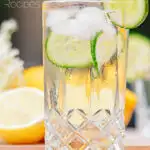
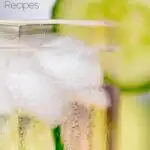
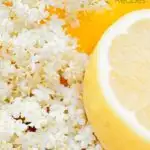
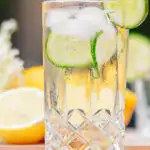
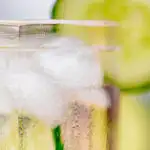
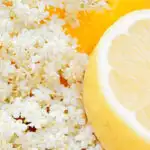
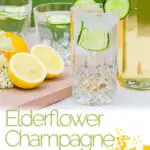
Geraldine oneill
Sunday 20th of June 2021
How long will the champagne keep for? Thanks.
Brian Jones
Sunday 20th of June 2021
Hey Geraldine... Kept correctly in a pretty cool dark place it should last right through till the end of summer.
Although I usually run out by mid August.
Enjoy :)
Brian
Rachel Fielding
Monday 29th of June 2020
Hi,
I have made up a batch of Elderflower fizz and it was ready to drink today! It’s extremely fizzy and we had a few corks pop off when we bottled it in regular wine bottles so we poured it in to a plastic bottle- much better! I tasted it tonight, it’s drier than I thought it would be, is that right? I suppose champagne and cava are dry..?
Brian Jones
Tuesday 30th of June 2020
In my experience the level of sweetness and dryness varies greatly from batch to batch, using the wild yeasts in the flowers really does add a massive level of unpredictability, which is on of the reasons that I love it.
I always use plastic bottles, they tend to work better for me, although I have had a couple explode when I forgot to release the pressure!
Debbie
Saturday 27th of June 2020
Hi, I've had my elderflower champagne in the fridge for nearly two weeks. They are lying on their side and there is a bit of sediment.... tastes a bit sweet and has a decent fizz (doesn't pop too much)... my question is does this sound ok? Also I need the space in my fridge now. Can I store the finished bottles of elderflower champagne in a cupboard rather than the fridge? Many thanks.
Debbie
Sunday 28th of June 2020
@Brian Jones, Thanks Brian!
Brian Jones
Sunday 28th of June 2020
Hi Debbie... I've never stored my elderflower champagne in the fridge other than to chill it before serving. So yes from my point of view free up all the space that you need.
The cooler temperatures of the fridge will likely slow the fermentation which may speed up again when you remove them from the fridge but if it smells good then it all sounds good from your descriptions.
Maddy
Monday 15th of June 2020
Hi, I hope you can help me. I wish I'd seen your recipe whilst I was doing my research! I've got two batches of Elderflower Champagne (I used a YouTube video from WildFoodUK) made a week or so apart. The first batch is lightly fizzy and smells very sweet, almost like pear drops. And the second batch is VERY fizzy and has a slightly dry smell. It doesn't smell bad. But it doesn't smell sweet and flowery like the first one. My question is what is Elderflower Champagne meant to smell like? And if the first batch is the correct smell, is there any way to save the second batch? Thank you, Maddy
Brian Jones
Tuesday 16th of June 2020
Hey Maddy... I am far from an expert I just make the stuff yer in and year out and have had a number of disasters as well as a boatload of success.
I assume that you are not using wild yeast and as such are relying on yeast from the flower itself to cause fermentation? This by its very nature causes huge differences in fermentation times and types. The champagne should smell flowery and sweet and as the fermentation process continues and then it will lose some of the sweet smell as the sugar is converted to alcohol although it should have a floral odour.
It is really difficult to tell but I suspect that your second batch maybe further along in the process than the second and you are not noticing the floral smell due to the profound differences between batches. This could very well be the case due to harvesting the flowers at a different time in their growth cycle or even just at a different time of day. I have had batches start 3 days apart from the same tree where one batch as worked beautifully and the other just sat there and did nothing.
But as with everything food based I would be tempted to err on the side of caution, if that dry smell is musty or "mousey" in any way I would personally dump it.
Sorry I do not have a definitive answer, with stuff like this there are rarely absolutes.
If you do go with that second batch be sure to release pressure in those bottles, the stickiness from an exploded bottle takes forever to get rid of, although the smell is divine!
Good luck
Brian
Claire
Sunday 31st of May 2020
Hi,how should you store the champagne and how long will it keep in plastic bottles.Do the plastic bottles need to be from carbonated drinks or are any bottles ok? Thanks Claire
Brian Jones
Monday 1st of June 2020
Hi Claire... I have used regular plastic bottles as well as regular bottles so long as you remember to release the pressure periodically they should be fine. I have no idea about maximum longevity. I've increased this recipe 5 fold and made large batches. That lasted 10 weeks from starting drinking and it was fine, but we ran out then teehee!